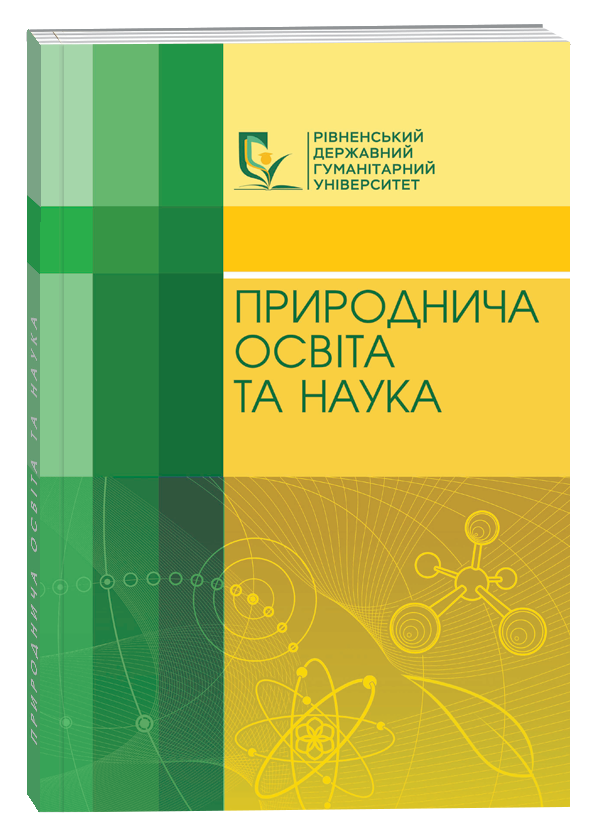BIENNIAL ORNAMENTAL PLANTS IN THE FLOWER BEDS OF POLTAVA
Abstract
Flower beds and the assortment of ornamental plant species play an important role in urban greening. In various types of flower beds, especially those managed by municipal enterprises, annuals and, less frequently, perennials dominate among the ornamental plant selection. Biennial plants, however, are cultivated insufficiently. We analyzed the range of biennial ornamental plants in 76 flower beds within Poltava, determining their species composition, classifying their taxonomic status, and identifying the varietal diversity of most species. Based on this study of flower bed species in this group, we identified 15 plant species belonging to 11 genera, 10 families of the class Magnoliopsida from the division Magnoliophyta. The richest families in terms of species diversity are Brassicaceae and Campanulaceae (three species each), followed by Asteraceae and Caryophyllaceae (two species each). The remaining six families are represented by a single species each. Among genera, Campanula includes three species, while Hesperis and Dianthus each have two. The other six genera contain a single species each. Most species examined are typical biennials; however, some (e.g., Campanula medium var. Centerberi, Viola × wittrockiana) are capable of flowering in the first year, behaving more like annuals. We identified the ecological groups of plants based on major environmental factors (light, moisture, temperature), as well as their biomorphs and the frequency of occurrence. The most commonly observed species in the surveyed flower beds were Alcea rosea, Cineraria maritima, Dianthus barbatus, and Hesperis sibirica. Other species, such as Bellis perennis, Oenothera biennis, and Viola × wittrockiana, appeared sporadically. The rest of the biennials were rare or very rarely encountered. This study also established the cultivation conditions for biennials and summarized the main stages of their agronomic practices. We examined the potential use of each species in various types of flower beds (borders, rabatka, flower beds, mixed borders, individual groups, and solitaires) for vertical gardening (in balcony containers, pots), as well as for cut flowers and in the production of bouquets or floral arrangements.
References
2. Квітникарство : конспект лекцій. Укладач А. В. Чернова. Миколаїв : Миколаївський національний аграрний університет, 2023. 103 с.
3. Конспект лекцій з навчальної дисципліни «Екологія рослин» [електронне видання]. Укладач І. М. Борщевська. Рівне : НУВГП, 2021. 64 с.
4. Пушкар В. В. Дизайн квітників : навчальний посібник. Київ : Альтепрес, 2007. 336 с.
5. Plants of the World Online. Kew Science. UPL: https://powo.science.kew.org/.






